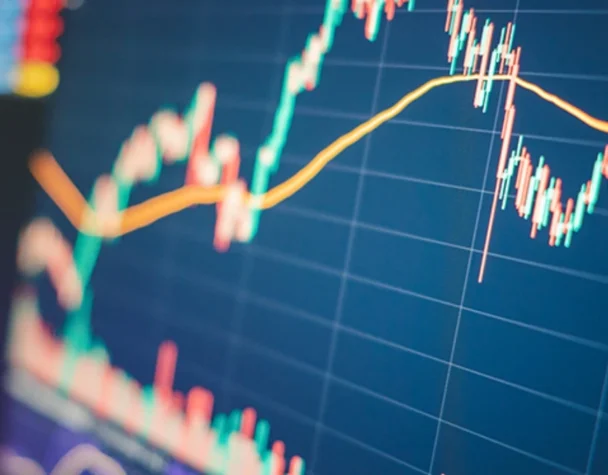
Record Inflows, New Products, and Institutional Shifts Reshape the Landscape
Wed, April 02, 2025The global ETF market is undergoing a significant transformation as we enter the second quarter of 2025. From record-breaking inflows into European funds to the launch of novel investment products and shifting institutional behavior, the industry is evolving rapidly in response to changing economic conditions and investor demand. Here’s a closer look at the key market trends impacting ETFs right now.
European ETF Inflows Hit Record High Amid Economic Optimism
Investor sentiment toward Europe has shifted dramatically in recent months. A renewed sense of optimism, buoyed by robust economic indicators and strategic stimulus efforts, has led to a record $11 billion being funneled into European-focused ETFs. Analysts are calling this phenomenon the “Make Europe Great Again” movement, as investors look to capitalize on what many view as a long-overdue regional resurgence.
The surge comes on the heels of bold fiscal initiatives, such as Germany’s €500 billion investment fund, and growing confidence in the eurozone’s stability. This trend is not only reviving interest in pan-European equity ETFs but also in sector-specific funds targeting green energy, infrastructure, and digital transformation.
According to Reuters, this marks one of the strongest periods of ETF inflows into European markets on record, underscoring investors’ belief in the continent’s long-term growth prospects.
New ETF Products and Investor Behavior Shift the Playing Field
One of the most groundbreaking developments this year is the launch of the world’s first catastrophe bond ETF, now trading on the New York Stock Exchange. Catastrophe bonds (or “cat bonds”) are typically issued to cover massive disaster-related losses—such as from hurricanes or earthquakes—and offer high, non-correlated returns. The actively managed ETF format helps address concerns around liquidity and diversification, making this a novel tool for investors seeking alternative income strategies.
The Financial Times notes this ETF could pave the way for broader interest in structured and esoteric credit products within the retail investment space.
Meanwhile, active ETFs are gaining momentum across Europe. With €19.1 billion in inflows in 2024—triple the previous year—these funds are rapidly becoming a preferred vehicle for wealth managers looking to blend the flexibility of ETFs with the strategy of active portfolio management. Major asset managers are now racing to expand their active ETF offerings to meet demand.
However, leveraged ETFs, which experienced massive growth during the 2024 bull run, are now facing headwinds. As markets correct, these high-risk instruments have led to outsized losses for retail investors caught on the wrong side of market timing.
Additionally, the IMF has raised red flags about institutional players increasingly driving volatility in bond ETFs. Their aggressive trading, especially during times of market stress, may be exacerbating swings in corporate bond valuations—an area traditionally viewed as more stable.
Conclusion: Innovation and Instability Go Hand-in-Hand
From innovative products to shifting investor dynamics, the ETF market in 2025 is more complex—and more interesting—than ever. While new opportunities abound, they come with their own risks, especially as institutional behavior and global policy shifts continue to influence fund flows and asset pricing. Investors would be wise to stay informed and balanced as this dynamic asset class evolves.

